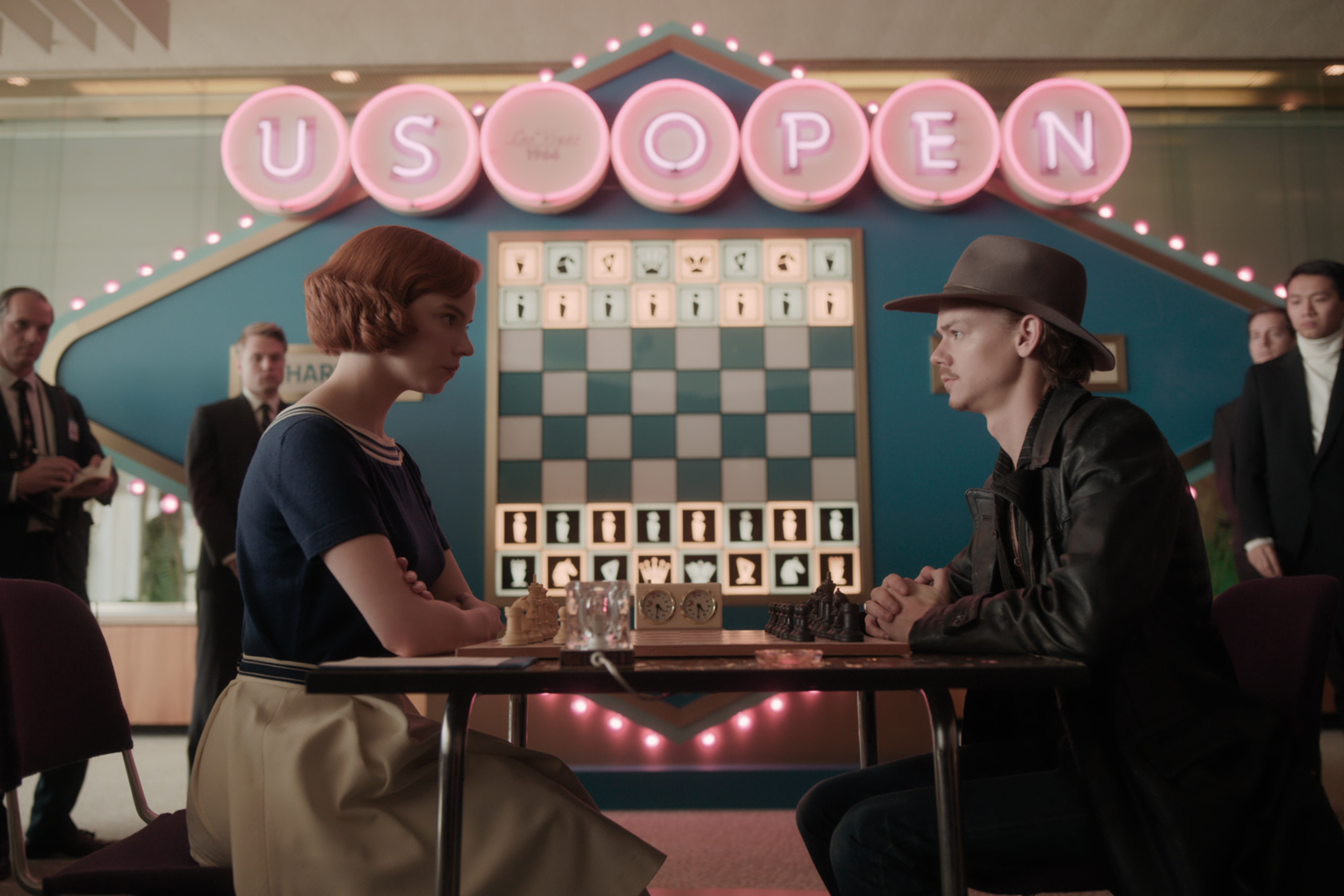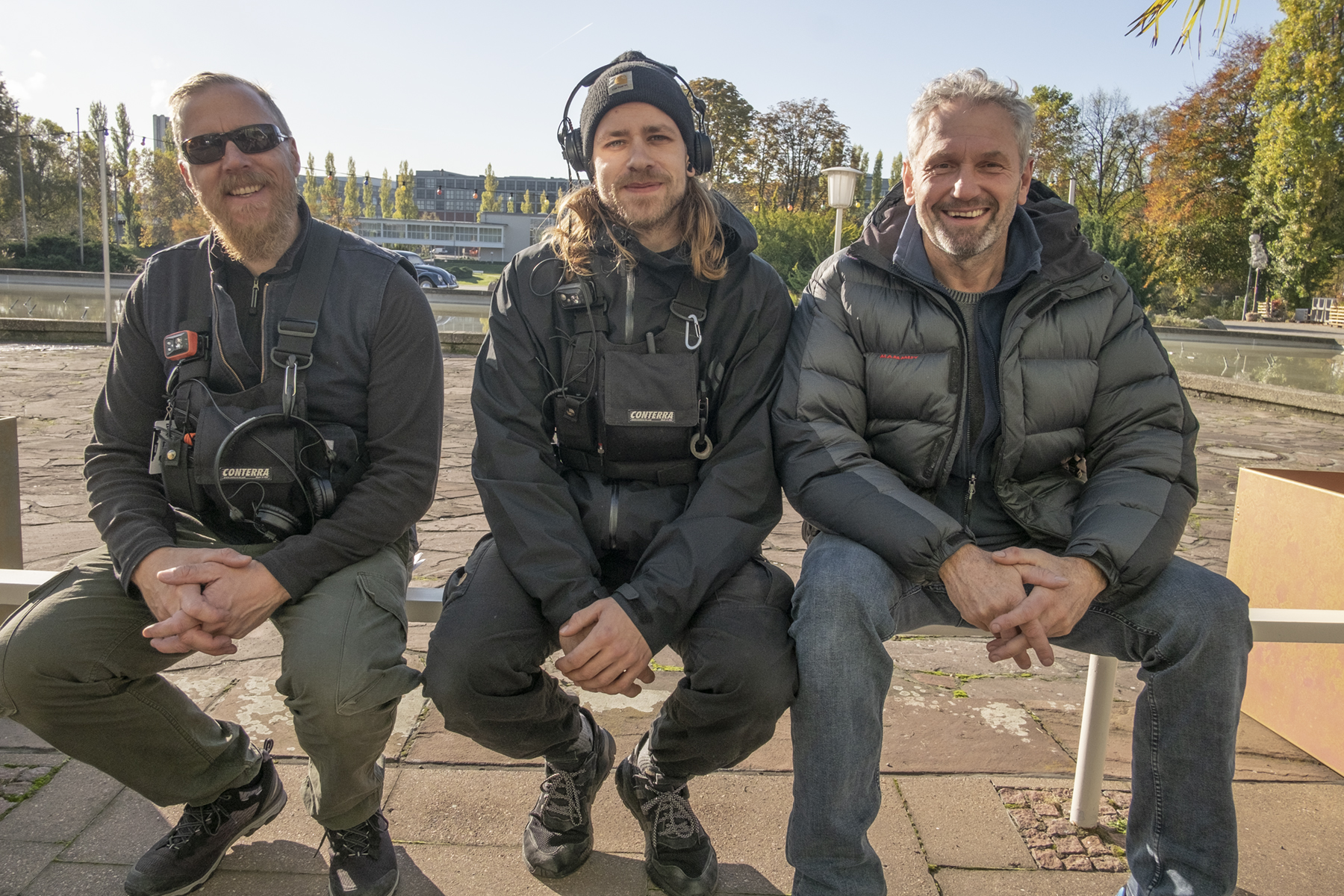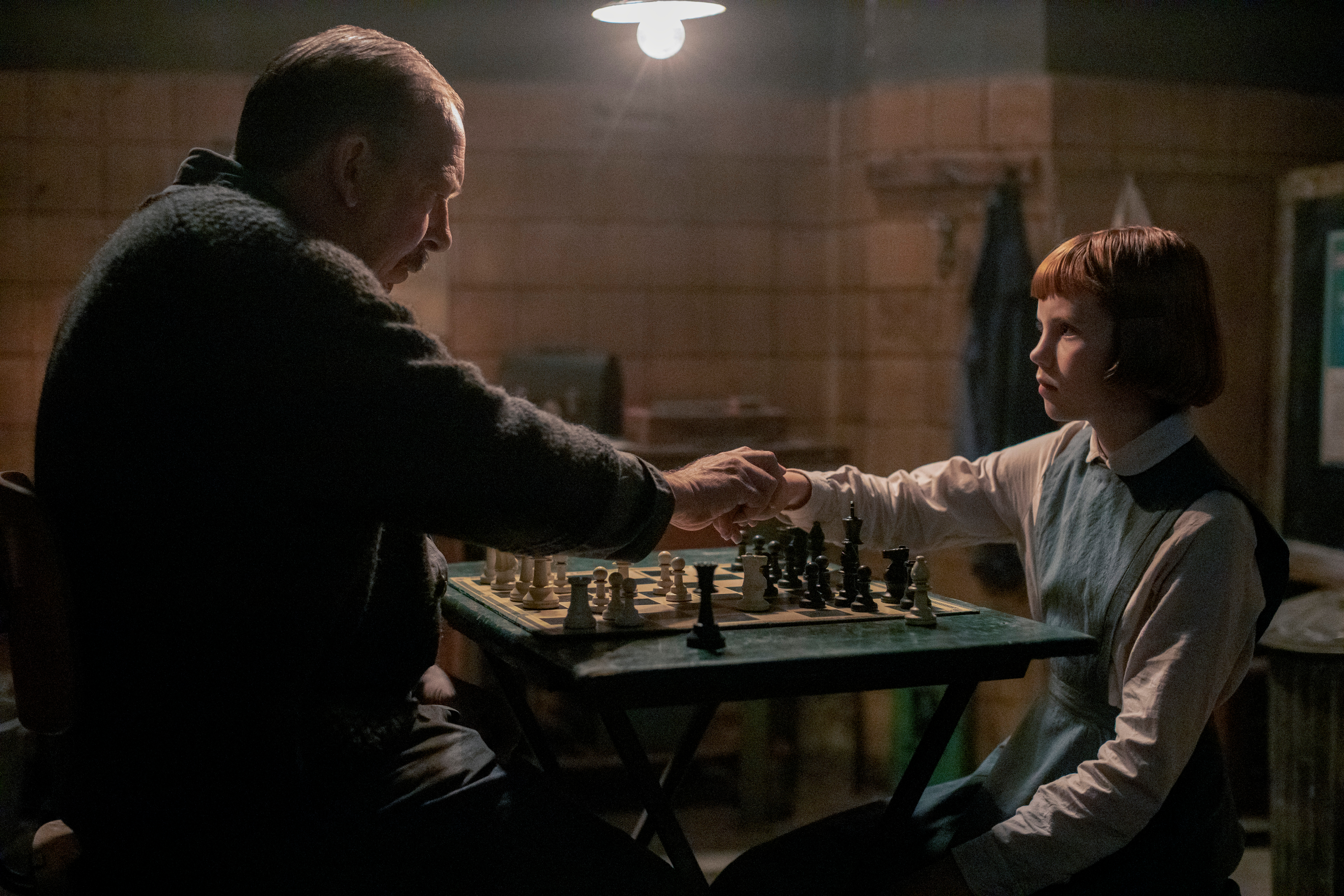Who could have predicted that a TV show focusing on a woman playing chess for seven episodes would go on to become Netflix’s most-watched scripted miniseries, whilst single handedly rekindling worldwide interest in the board game?
The Queen’s Gambit surprised us all, serving up an unexpectedly riveting portrayal of the life of Beth Harmon, an orphaned chess prodigy on her rise to the top of the chess world while struggling with drug and alcohol dependency.
The show has been praised for its rich cinematography, fabulous costumes, top-class acting and excellent soundtrack – but let’s not forget about the all important sound, which was mostly captured on set thanks to Berlin-based sound mixer, Roland Winke, and his arsenal of Lectrosonics gear.
Prior to this, he has worked on 2016’s A Hologram for the King starring Tom Hanks, the 2011 spy thriller Hanna with Cate Blanchett and Saoirse Ronan, the sci-fi epic Cloud Atlas, and even the 2004 historical drama Downfall, which spawned the well-known ‘Hitler Reacts’ parodies on YouTube.
When it came to The Queen’s Gambit, even Winke admits that he had his doubts about how gripping a show could be focusing so closely on chess games:
“Six, seven hours about chess?” he laughs. “But then if you read the script, there's much more to it. It's about the story of the people behind the chess board.”







